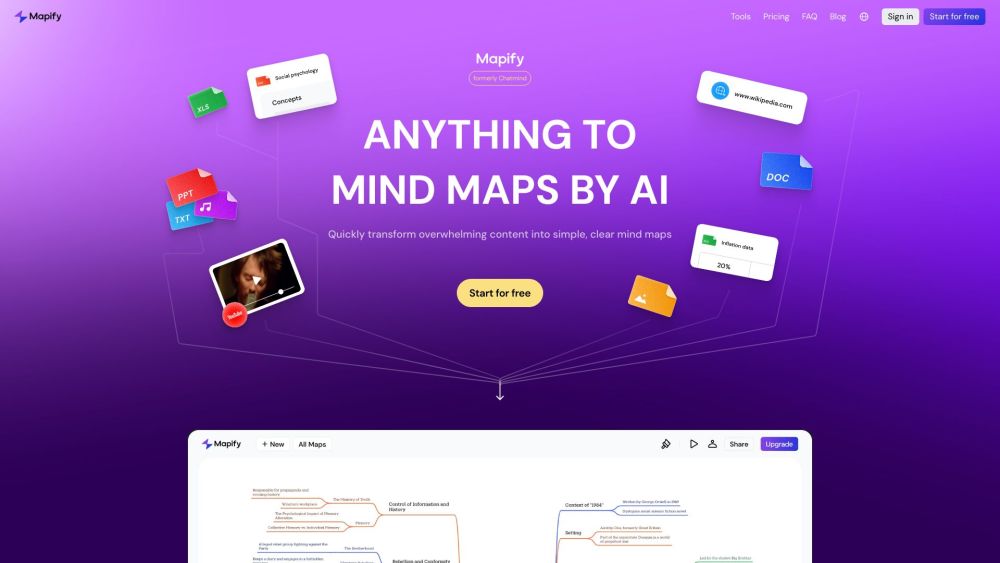GenAI: The Exciting Frontier for Enterprises
Generative AI (GenAI) is rapidly emerging as one of the most groundbreaking technologies of our time. Yet, its fast-paced evolution presents significant challenges for enterprises eager to leverage its potential. With each new GenAI advancement, businesses must not only keep up with trends but also validate effective strategies, while ensuring accuracy, compliance, and security.
Numerous startups are developing GenAI tools tailored for enterprise applications. Notably, Arcee is crafting solutions that enable companies to securely train, benchmark, and manage GenAI models. Meanwhile, Articul8 AI, which originated from Intel, is focused on building algorithm-driven software for businesses.
Now, a new contender has entered the scene. Co-founders Himank Jain, Atharva Padhye, and Prabhat Singh have launched Crux, a platform that develops AI models capable of answering business data inquiries in straightforward language, similar to OpenAI's ChatGPT. Padhye elaborates:
“With a simple natural language command, executives can obtain any report, insights, root cause analysis, or predictions at their fingertips,” he explained in an email. “For instance, marketers using HubSpot can pose questions like, ‘Why are my email campaigns to new users receiving low conversion rates?’”
Crux, which underwent nearly 15 iterations before finalizing its current platform, transforms the structure of databases—known as schema—into a “semantic layer” that AI models can comprehend. Additionally, Crux empowers clients to tailor question-answering models to align with their business intelligence needs and policies, thereby enhancing output quality, according to Padhye.
Crux offers a platform for building, customizing, and deploying enterprise-oriented GenAI models and tools.
Crux utilizes a multi-model framework that dissects questions from users into distinct components, distributing these components among specialized models. One of these, referred to as the “clarification agent,” poses follow-up questions to clarify user intent.
Padhye emphasized that Crux operates on-premise and does not utilize customer data for model training.
“Crux is set to introduce an AI-powered decision-making engine for enterprises,” he stated. “We are challenging traditional business intelligence tools by iterating swiftly and reimagining the analytics stack as a decision-making stack.”
Crux generates revenue through subscription sales, along with setup and maintenance fees that vary based on the type and scale of a company’s deployment. This model has proven successful; Padhye reports that Crux achieved an annual recurring revenue of $240,000 within just four months, serving a four-company customer base.
For the time being, Crux aims to keep its team compact, targeting a maximum of 20 employees by the year’s end. However, with $2.6 million in recent funding from Emergent Ventures, Y Combinator, and several angel investors, Crux intends to move “up-market,” focusing on the acquisition of new enterprise clients.
Emergent Ventures’ Anupam Rastogi added via email:
“Business intelligence and data analytics are on the cusp of a major transformation driven by large language models and advanced AI. This sector is poised for exponential growth over the next decade, shifting from static dashboards and manual reporting to real-time, accurate, and actionable intelligence on demand. Crux has developed a revolutionary product in this domain, helping customers generate incremental revenues quickly while already catching significant customer interest.”





